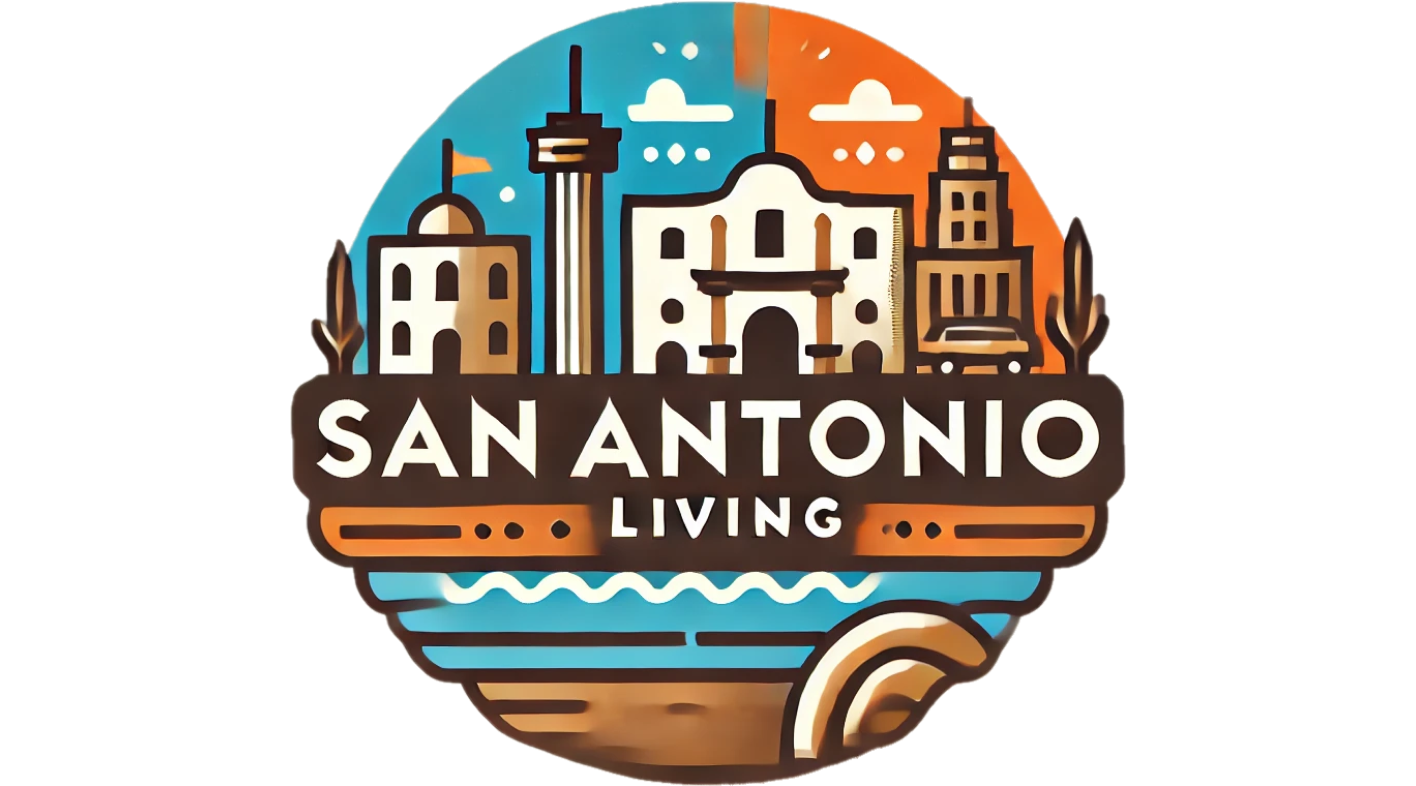
The UFL's Unexpected Departure: What it Means for San Antonio
In a significant shakeup for San Antonio's sports landscape, the United Football League (UFL) announced its exit from the Alamodome after just three seasons. This news has taken many by surprise, especially considering the strong fan support that the Brahmas had received from the local community. Despite the team's promising start and a championship appearance in 2024, the UFL cited stadium constraints as the primary reason for the departure. In a statement, league officials expressed their intentions to focus on more intimate venues to enhance the fan experience, a shift that reflects wider trends in sports entertainment.
The Rise and Fall of the Brahmas
The San Antonio Brahmas were established as part of the XFL in 2023, before transitioning to the UFL when the two leagues merged. Despite an average attendance of nearly 15,000 fans at the beginning of 2023, this number declined over the years, dipping to around 11,000 by 2025. Richard Oliver, a spokesperson for the City of San Antonio, shared that while the attendance numbers dropped, the rhythm of everyday life continued to intertwine with the local sports culture. This fluctuation raises important questions: What does this trend say about the appetite for spring football in San Antonio?
Community Impacts: Economic and Social Ramifications
The departure of the UFL is more than just a sports story; it reverberates through San Antonio's economy and community ties. Sports events have historically provided not only entertainment but also substantial economic boosts through jobs and local business exposure. The Alamodome has hosted various sporting events and concerts that have drawn visitors and their spending power. As the city looks to fill this void, local officials remain hopeful that San Antonio can attract future sports franchises or major events to the venue in its stead.
Future Possibilities: Hope for Spring Football
UFL leadership stated that while they are stepping away, they harbor hopes of returning to San Antonio if a suitable venue presents itself in the future. This potential restoration could reignite local interest and bring fresh opportunities for economic investment and community interaction. The city aims to capitalize on this moment by promoting additional major events and bolstering its local economy, which could also benefit from the burgeoning tech scene in San Antonio.
Transforming Challenges Into Opportunities
As San Antonio moves forward, the need for support from local leaders, entrepreneurs, and stakeholders in the business community becomes clear. The city’s Chamber of Commerce can play a crucial role in fostering business networking events, workshops, and initiatives that encourage local entrepreneurship, innovation, and the promotion of small businesses. The search for new avenues for economic growth could be crucial as community leaders strive to transform this setback into an opportunity for growth and expansion.
What’s Next for Local Football Fans?
This turn of events reinforces the importance of community engagement in shaping the local sports narrative. Fans remain an essential part of the equation, and their voices can influence future decisions regarding sporting franchises in their city. It's a moment for San Antonio to stand united and rally for its sports culture, ensuring that local passions continue to find avenues for expression and support.
As we reflect on this chapter of San Antonio sports, business leaders and entrepreneurs can assist in redefining the city's image in the sports arena and beyond. Becoming involved in local sponsorships, volunteer efforts, and forming partnerships with sports organizations can ensure the community remains at the forefront of discussions surrounding future opportunities for sporting events.
 Add Element
Add Element  Add Row
Add Row 



Write A Comment